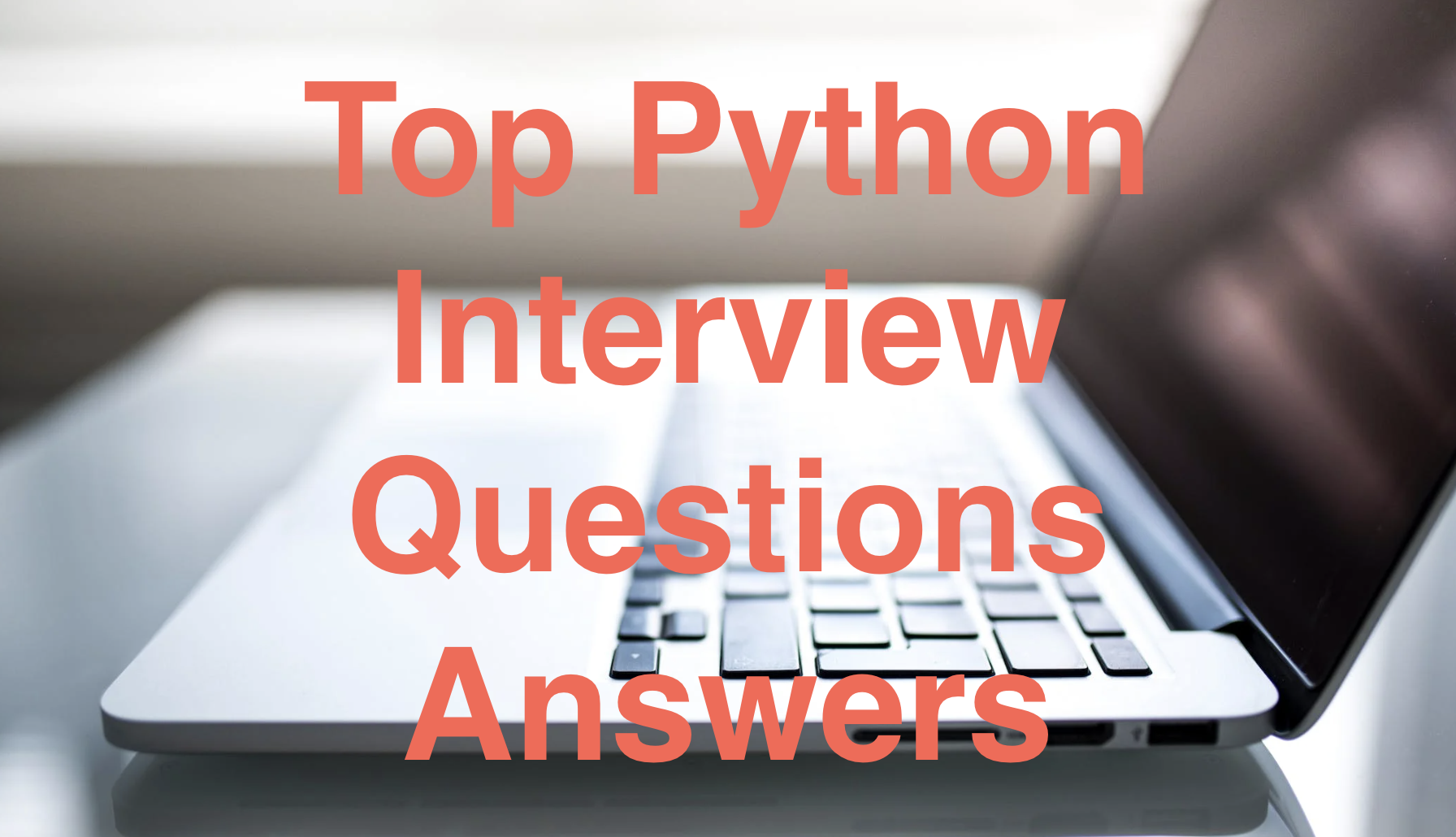As you embark on your python interview journey, you are about to delve into the dynamic world of Python Interview Questions and Answers, a programming language renowned for its simplicity, versatility, and vast ecosystem.
Python has evolved into a powerhouse for diverse applications, from web development to data science, machine learning, and beyond. This interview is your opportunity to showcase your proficiency in Python, from the fundamental concepts to advanced features, and to demonstrate how you harness its capabilities to solve real-world challenges.
Here are top 15 Python interview questions along with their answers, tailored for 2024.
Q1. What is Python, and why is it popular?
Ans: Python is a high-level, interpreted programming language known for its readability and simplicity. Its popularity stems from its versatility, ease of learning, and a vast ecosystem of libraries and frameworks.
Q2. Explain the differences between Python 2 and Python 3.
Ans: Python 2 reached the end of its life, and Python 3 is the current version. Key differences include print syntax, Unicode support, and integer division.
Q3. What are the built-in data types in Python?
Ans: Common data types include int, float, str, list, tuple, set, and dict.
Q4. Describe list comprehensions in Python.
Ans: List comprehensions provide a concise way to create lists. For example: [x for x in range(10) if x % 2 == 0].
Q5. Explain the Global Interpreter Lock (GIL).
Ans: The GIL is a mutex that protects access to Python objects, preventing multiple native threads from executing Python bytecodes at once. It can limit the performance of multi-threaded Python programs.
Q6. What is a decorator in Python?
Ans: A decorator is a design pattern in Python that allows the modification of a function or method. It is denoted by the “@” symbol in Python.
Q7. How does memory management work in Python?
Ans: Python uses automatic memory management, and the built-in garbage collector handles memory allocation and deallocation.
Q8. Explain the concept of a virtual environment in Python.
Ans: A virtual environment is a self-contained directory that contains its own Python interpreter and installed packages. It allows for isolation and avoids conflicts between projects.
Q9. What is the purpose of the __init__ method in Python classes?
Ans: The __init__ method initializes the object’s attributes when an instance of the class is created.
Q10. Differentiate between shallow copy and deep copy.
Ans: A shallow copy creates a new object but does not create copies of nested objects. A deep copy creates a new object and recursively copies all nested objects.
Q11. Explain the use of the *args and **kwargs in Python functions.
Ans: *args allows a function to accept any number of positional arguments, and **kwargs allows it to accept any number of keyword arguments.
Q12. What is the purpose of the __str__ and __repr__ methods?
Ans: The __str__ method returns a human-readable string representation of an object, while __repr__ returns an unambiguous string representation for developers.
Q13. How does Python handle exceptions?
Ans: Exceptions in Python are handled using the try, except, else, and finally blocks. The except block catches and handles exceptions.
Q14. What is the Global Keyword used for?
Ans: The global keyword in Python is used to indicate that a variable is a global variable, not a local one.
Q15. Explain the concept of a generator in Python.
Ans: A generator is a special type of iterable that allows lazy evaluation. It produces values on-the-fly using the yield keyword, preserving memory.
Conclusion:
Congratulations on navigating through the Python interview journey! As we conclude this exploration of Python expertise, your responses have provided valuable insights into your command of the language, problem-solving prowess, and the depth of your Pythonic understanding.
Python, with its elegance and adaptability, empowers developers to craft solutions that transcend conventional boundaries. Your engagement in this interview reflects not just technical competence but a commitment to pushing the boundaries of what Python can achieve.







![Top 315 JAVA Interview Questions and Answers [2025]](https://seoinfotech.com/wp-content/uploads/2020/12/Java-Questions-Answers-300x175.png)